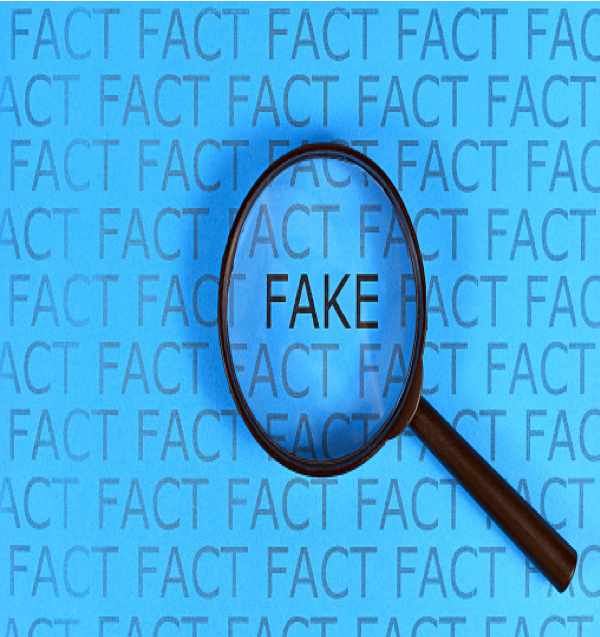Article by CDA
Studies show that the spread of false news through social networks is much greater than the spread of true news. We meet much more often with a fake news in the online environment, it can reach 1500 people even six times faster than a real news. Social networks are information spaces where opinions can be formed and distributed within a few seconds.
How can we master the flow of information and news that reaches us every day? How do we distinguish which news is real, which is a fake and which is a simple expression of opinion? These are the most common questions about fake news.
The Covid 19 pandemic, which has taken over the normal course of our lives since the beginning of 2020, has revealed that the presence of misinformation is reaching alarming levels. Disinformation is spreading more and more through WhatsApp and social networks. The World Health Organization is now talking about a “infodemia” of COVID-19, and social media platforms have begun to take aggressive measures to combat the intensification of misinformation and misinformation, eliminating false or misinformation.
Government bodies are increasingly involved and have an interest in studying and preventing misinformation. The European Commission published a report in 2018 recommending that “any form of censorship, public or private, should be clearly avoided” and increasing transparency of news, promoting media education and information, equipping journalists and users media with the right tools to combat misinformation, diversify the news ecosystem and continue studies on the issue.
While the European Commission only suggests recommendations, the governments of other countries are much stricter on the issue of misinformation.
Concrete action on disinformation comes from the Singapore government. Here in 2019, a new law came into force by which Facebook or Twitter must correct or delete content that the government declares false.
In Italy, from 2018, citizens can report fake news directly to the Italian police, managed by a special unit for cybercrime.
In Australia, there are anti-misinformation campaigns that threaten certain online platforms with lawsuits if they do not announce when they discover illegal (false) advertisements.
In 2019, the Dutch government launched a campaign against misinformation that limits direct censorship of news and focuses on informing the population.
We can see that misinformation can take many forms, for example fake news, fake ads, etc. Any law or direct government action, especially worldwide, would require a better definition of what fake news really means.
As can be seen from the different methods of combating fake news around the world – the rules differ. The lack of global uniformity in terms of combating false news means that not every person is “protected” in the same way. At the moment, the most important thing then becomes one’s own attitude – the use of methods to identify reliable news sources and the management of the news we encounter every day with our own tools to combat misinformation.


